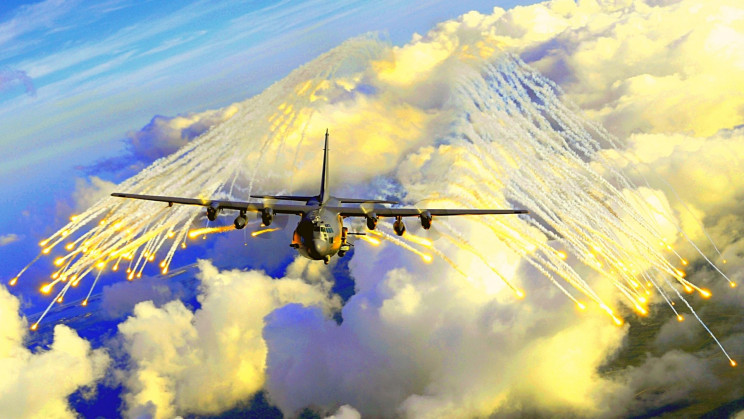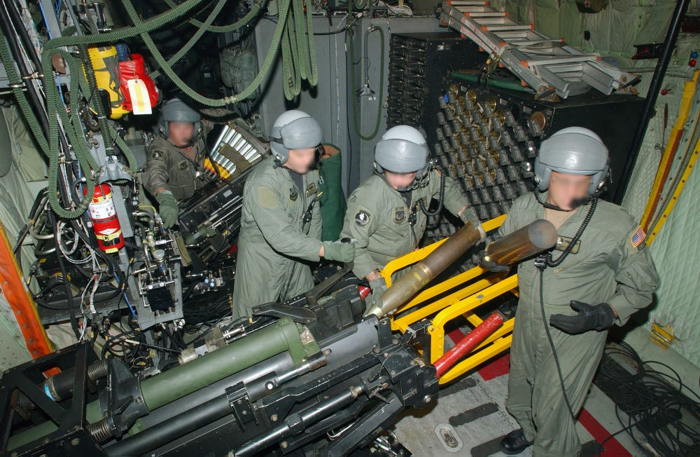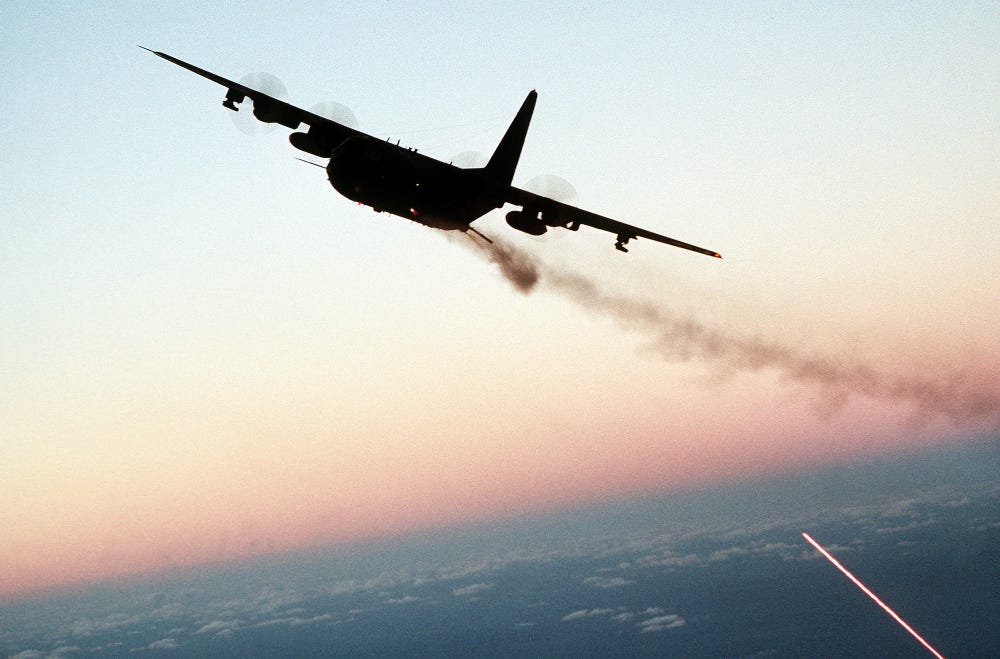During the wars in Afghanistan, Iraq, and Syria, the United States held a decisive edge in terms of air supremacy.
US Forces and special operators were aware that they could almost always request airstrikes or close air support against an opposing force. However, if a battle with China and Russia breaks out, that capability may be denied. Therefore, the Special Operations Command (SOCOM) wants to replace some of its largest aircraft with cruise missiles to face the risk of conflict with new and modern munitions and aircraft.
SOCOM, in particular, is seeking new methods to employ their veteran aircraft, such as the AC-130 gunship and the MC-130. US commandos may be able to keep them in the fight by arming the AC-130 with cruise missiles and converting the MC-130 into a floatplane.

The new developments could be a challenge for conventional and special troops on the field, who rely heavily on airstrikes and other forms of close air support to fight enemy forces. This is especially important in light of Russia’s and China’s massive gains in weapon and aircraft technology and the fact that US relations with both nations have become increasingly hostile. However, in real-time contested airspace, China and Russia’s air defences may outperform SOCOM’s most capable aircraft, the MC-130 transport and AC-130 gunship.
SOCOM plans to modify both aircraft. Since the Vietnam War, the many models of the AC-130 have supported conventional and special-operations forces, seeing combat in all major and minor conflicts. The AC-130J Ghostrider, the latest iteration of the gunship, is a formidable vehicle with 30 mm and 105 mm cannons, Hellfire and Griffin missiles, and smart munitions. It has the ability to hover over targets for an extended time while delivering massive amounts of firepower. However, the aircraft’s capacity to stay on station for lengthy periods is also one of its key drawbacks, as it is slow and vulnerable to anti-aircraft fire.
Historically, the AC-130 has flown almost entirely at night to maximize its capabilities and mitigate its weaknesses. Now, SOCOM intends to build a “Stand-Off Precision Guided Weapon” that the AC-130 can fire from a considerable distance, letting it hit targets while avoiding enemy attacks. According to a recent solicitation, the command is searching for a cruise missile with a range of at least 230 miles and up to 460 miles, and a warhead weighing at least 13 pounds but potentially up to 37 pounds, with a range of at least 230 miles and up to 460 miles.

Cruise missiles are subsonic weapons that fly at low altitudes, making them difficult to detect. However, SOCOM wants them to include electronic systems that allow them to acquire and re-acquire targets after being shot.
Some members of the Air Force’s Special Operations Command, a part of SOCOM, have reservations about the weapon. “No matter the threat, air-to-air or air-to-ground, having a precision-guided cruise missile just enhances the performance and capability the AC-130 already has, but I don’t believe that equipping a stand-off precision-guided cruise missile will make it any more relevant, due to capabilities and limitations of the aircraft,” said former AC-130 Gunner B.A., in the Insider report.

“Other aircraft platforms would be a better choice for that type of weapon system,” added B.A. in the report. “The AC-130 was made to sit in the sky, fly counterclockwise in a circle, and engage anyone who is actively engaging the good guys. Precision missiles wouldn’t hurt, but let’s not ‘Call of Duty’ accessorize our AC-130s,” he added while referring to a highly customized computer game that replicates numerous military combat scenarios.
While B.A.’s argument that the new enhancements would have little impact on combat capabilities may be valid, however, the government has recently pledged more funds to improve the US’ combat readiness against future threats. However, some may suggest that the United States should seize any possibilities that present themselves while there is still time.


